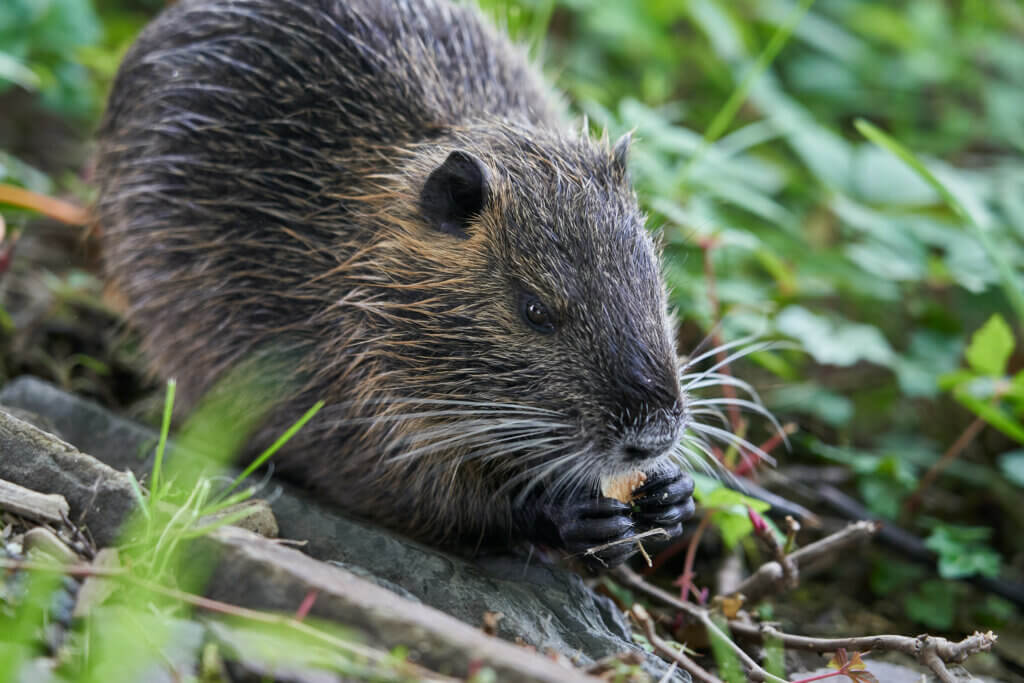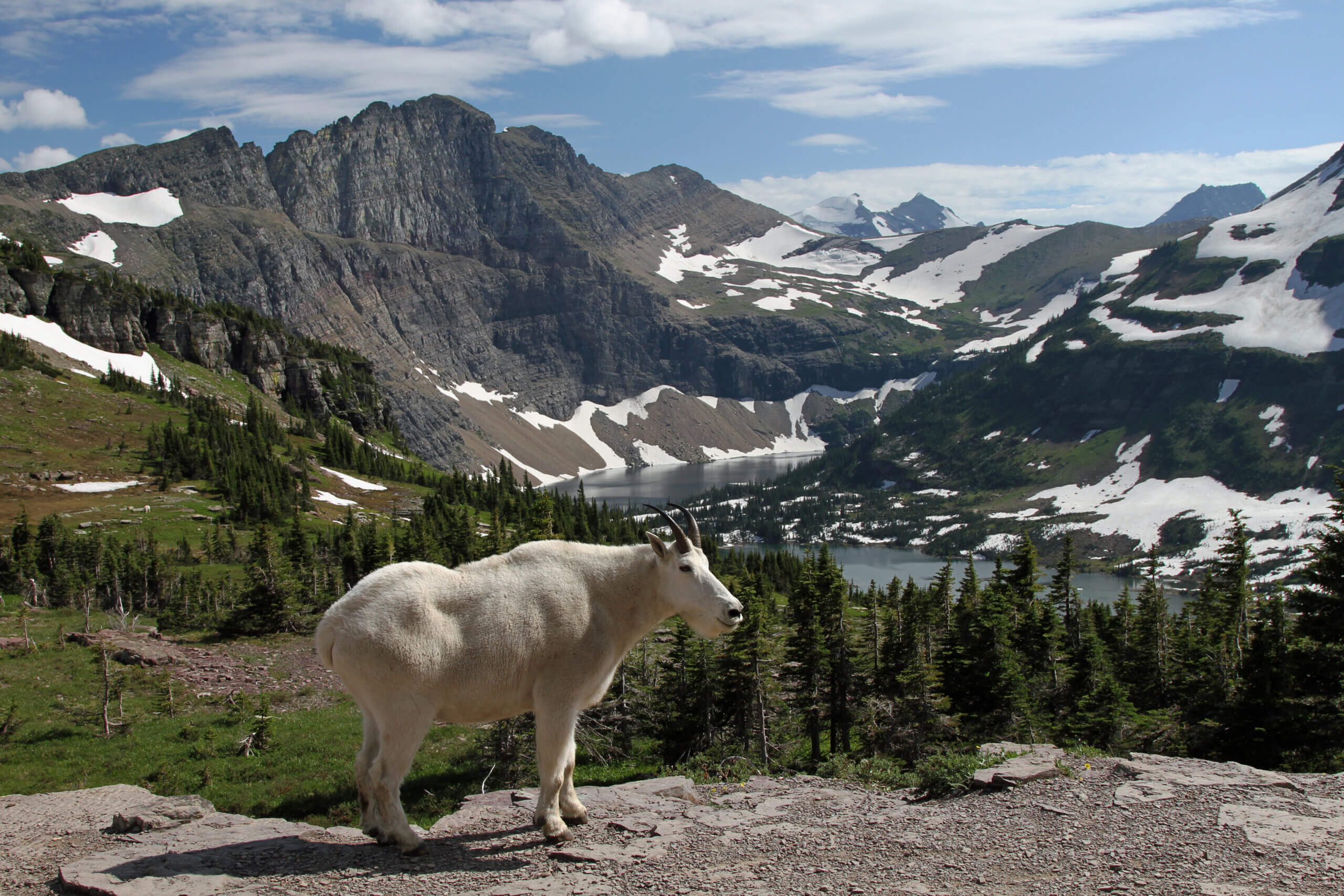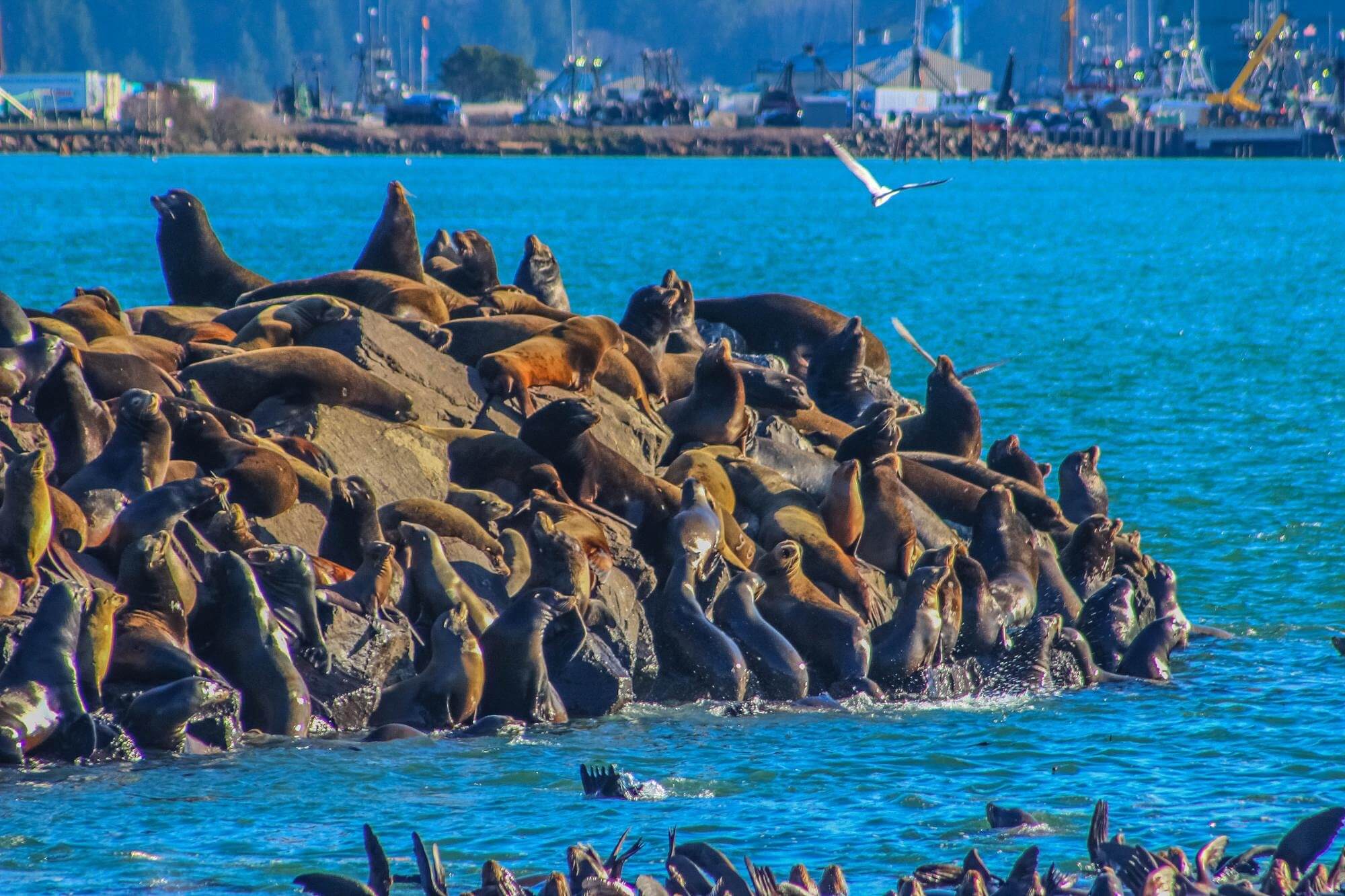While Florida is all sunshine, beautiful beaches, clear blue oceansides and overall a place that at first glance seems more like something taken out of a travel brochure, it also possesses a darker, more dangerous part that a lot of people – especially first time visitors – either ignore or just don’t know about.
We’ve already informed you about the alligators, lizards and No See Ums in Florida, so now it’s time to discover the so-called swamp rats in Florida.
How is that relevant, you may think? And you wouldn’t exactly be wrong to be wondering that, but those little fellas do considerable damage to the Florida ecosystem and it wouldn’t be a bad thing if first time visitors are made aware of that.
So let’s go through each question one by one and in accessible terms find out how invasive these little guys are, what you need to know and what needs to be done.
What Is A Swamp Rat?
Nutria – also known as coypu and nicknamed as Swamp Rats – are semi aquatic herbivorous rodents that live near water. They prefer to inhabit the crevices beside every type of wetland but they’re not exactly easy to get hold of. They’re smart, fast and agile in water.
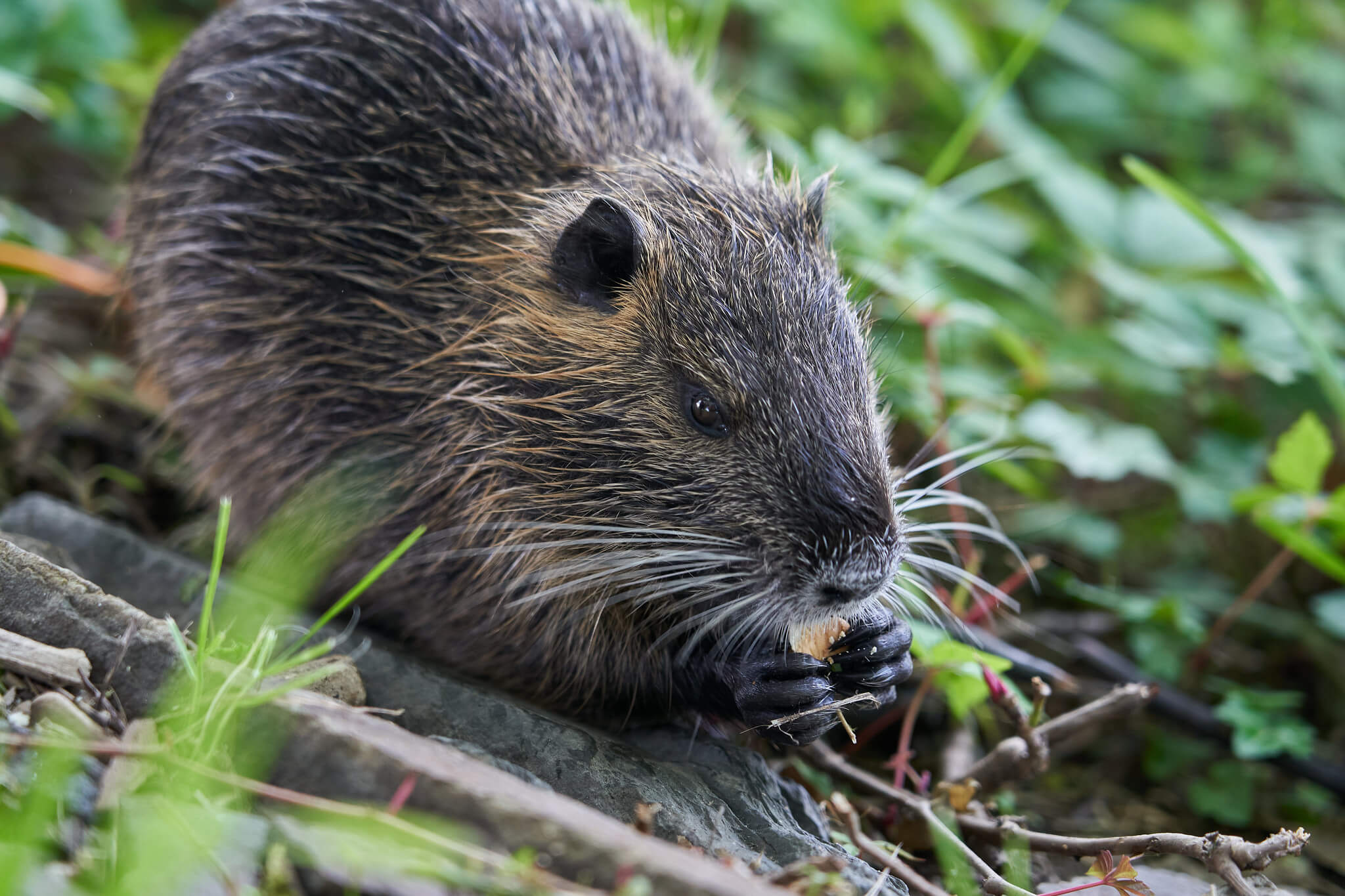
Nutria can weigh from 15 to 22 pounds, grow 17 to 25 inches in size and have a tail between 10 to 16 inches. They have a round and slightly arched back covered with soft brown fur, a hairless tail, elongated face with long white whiskers and two orange (of all colors) incisor teeth in the front. Really, quite a sight to behold.
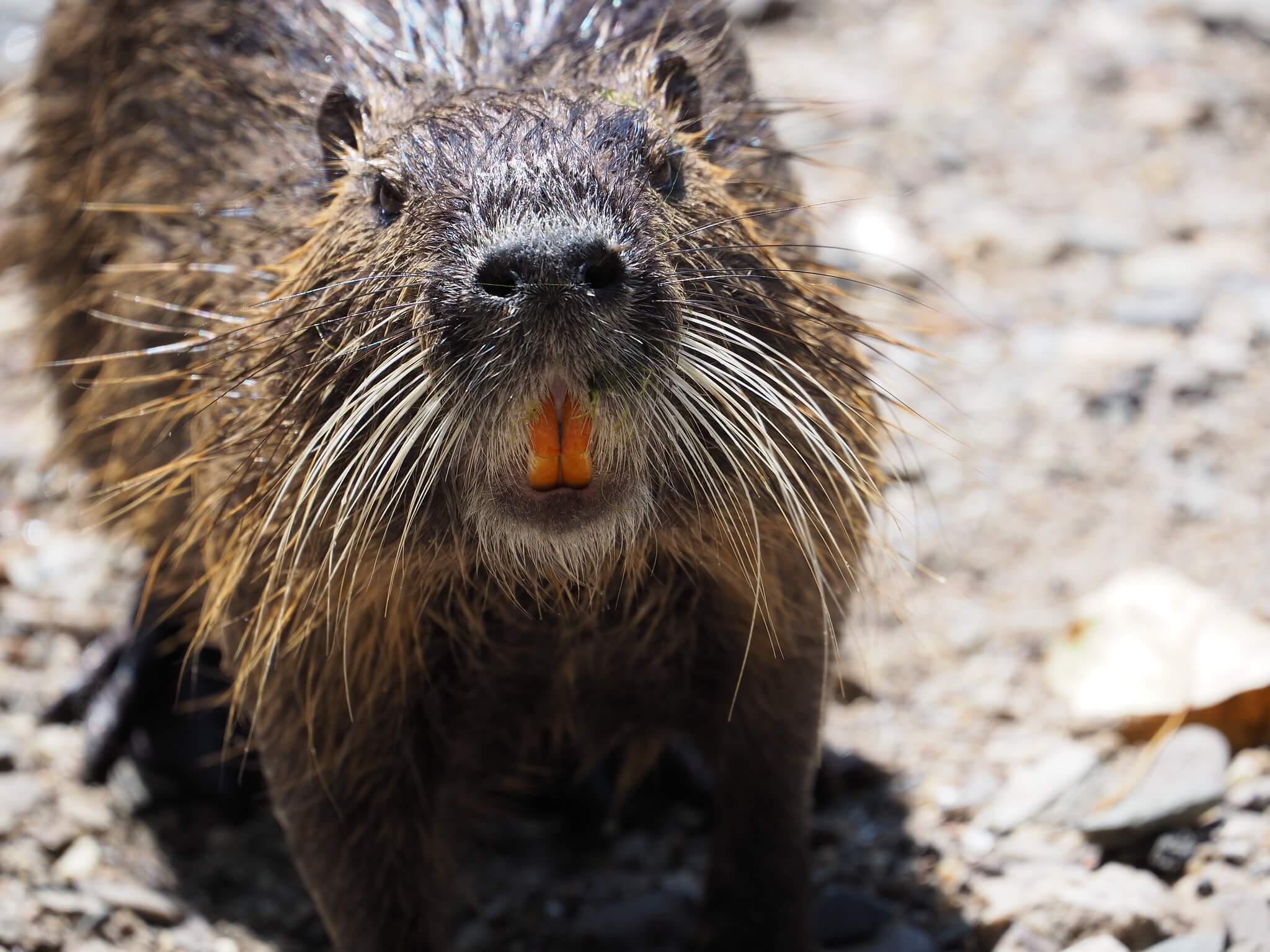
They are native to South America but ended up in the US because of their fur value in the late 1880s. The nutria fur was in extremely high demand at one point in history, but when the fur trade fell in the 1940s, a large number of these rodents escaped their cages while the rest were voluntarily released into the wild because the owners could no longer afford to care for them.
Despite its absolutely colorful variety of nicknames including swamp rats, stink rats, marsh rats, Louisiana muskrats, and literally any other rodent-belittling term that you can think of, Nutria actually have little to nothing to do with rats. Even their appearance is more like beaver-meets-capybara than rat-like, and such terms form an inaccurate image of these animals that really affect their reputation, one which is already hanging by a thread as it is.
Why Are Swamp Rats Dangerous?
As we have already established, Nutria are native to the wetlands of South American countries where – generally speaking – the all-seasonal climate conditions are appropriate enough to keep a tight rein on these animals and prevent them from doing harm to their indigenous nature. However, this is not the case in the continent up north.
The so-called swamp rats were once believed to have been fully eradicated in the US, but in 2017 they resurfaced, especially in coastal states such as Florida, Louisiana, and California, and have been causing considerable damage to their non-native, North American ecosystem ever since.
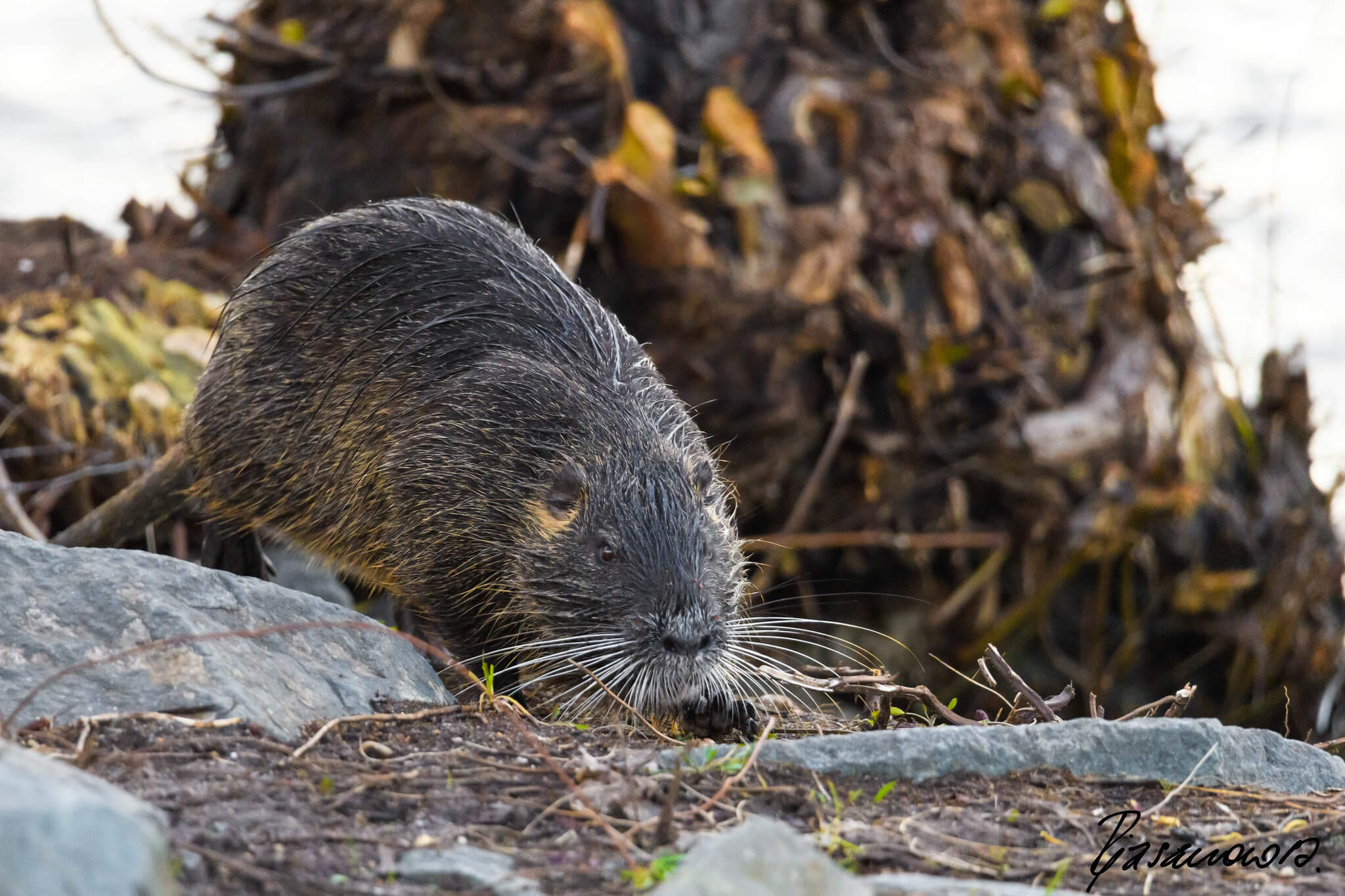
How Does Nutria’s Diet Spoil The Environment?
They have a fondness for wetland plants and can eat the entire thing – including roots – to the point that they can’t grow back, which means that they’re invasive and extremely dangerous to crops, levees, swamp vegetation and marshlands.
Sugarcane and rice are the sources that nutria damage the most, which as a result considerably affects the livelihood of people on top of harming the environment.
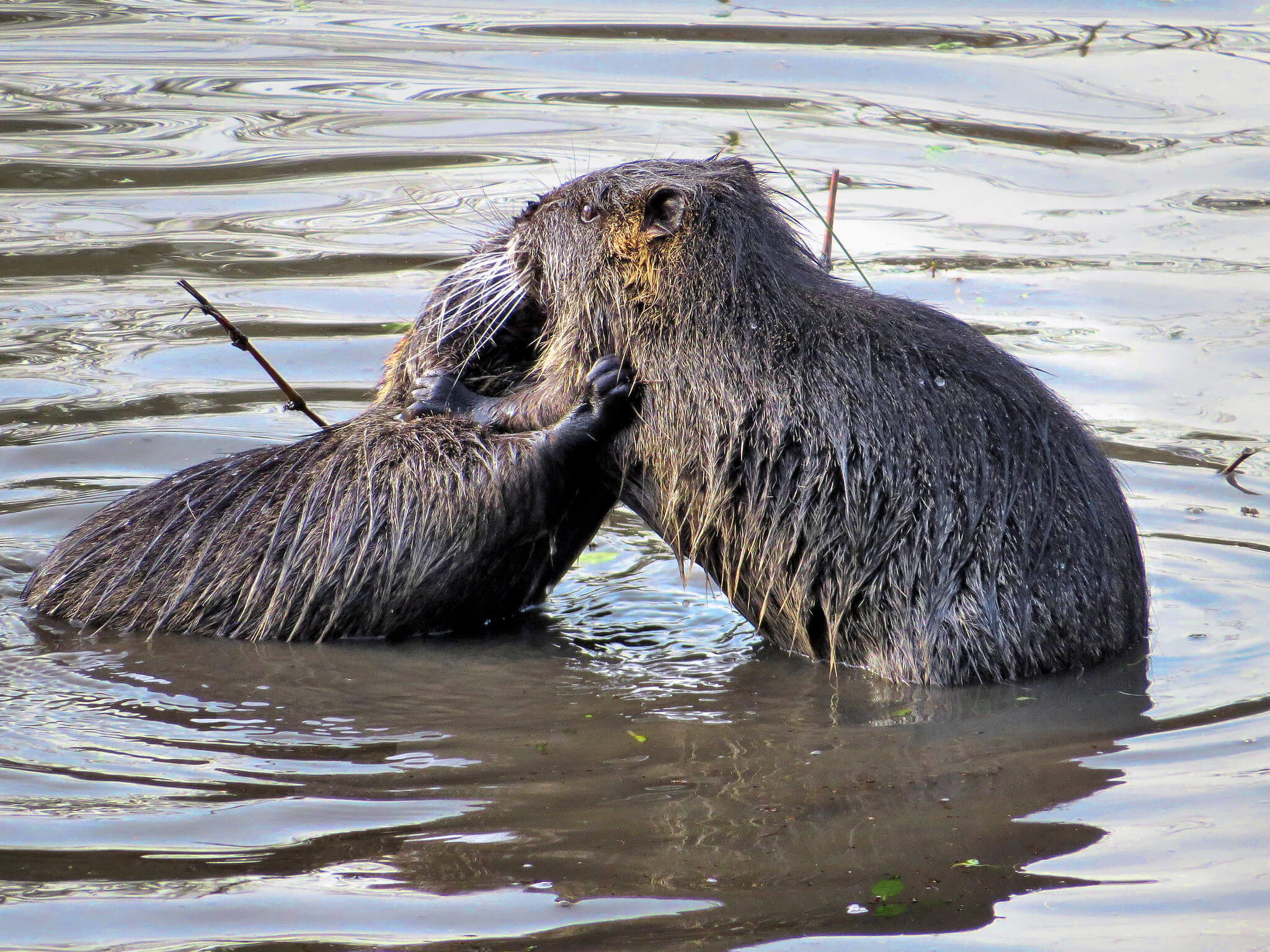
Do They Pose A Physical Danger?
Nutria can definitely showcase aggressive behavior, especially instinctually whenever they are or feel trapped. Usually, when they feel like they might be in danger, they flee the scene. However, their untamed demeanor in certain situations can physically harm both humans and pets alike. They’re extra aggressive towards dogs, brawls with whom become more and more common during summertime.
How Do Swamp Rats Damage Florida?
Swamp rats – or more officially nutria – are listed as conditional species in Florida. Meaning that people are prohibited to domesticize them and that they’re only allowed to be possessed by special permit for scientific research as well as commercial business and public education purposes.
You’ll find a big number of nutria in Jacksonville and its surrounding areas as well as some in West Palm Beach, Tampa, and Pensacola.
In addition to all points listed above, there are quite a few ways in which nutria impact Florida:
- Burrowing. The nutria’s burrowing habits deal a substantial blow to docks and wharves by digging into and dwelling in their flotations. Their burrows are strong enough to damage city constructions, dams, building structures and more.
- Their gnawing considerably affects Florida agriculture. As we mentioned, when they either eat or gnaw at wetland plants, they can’t grow back and on top of sugarcane and rice crops, they damage peanut, melon, wheat, corn, beats and alfalfa crops.
- The main concern though is the danger that swamp rats pose to health. Pathogens and parasites (such as nematodes, blood flukes, liver flukes, tapeworms and the giardiasis protozoan) found in nutria are transmissible to people, pets and livestock and therefore are extremely dangerous to their health. This should prompt people to think twice about eating these little furry creatures. With that said, we’re brought to the next point of our article.
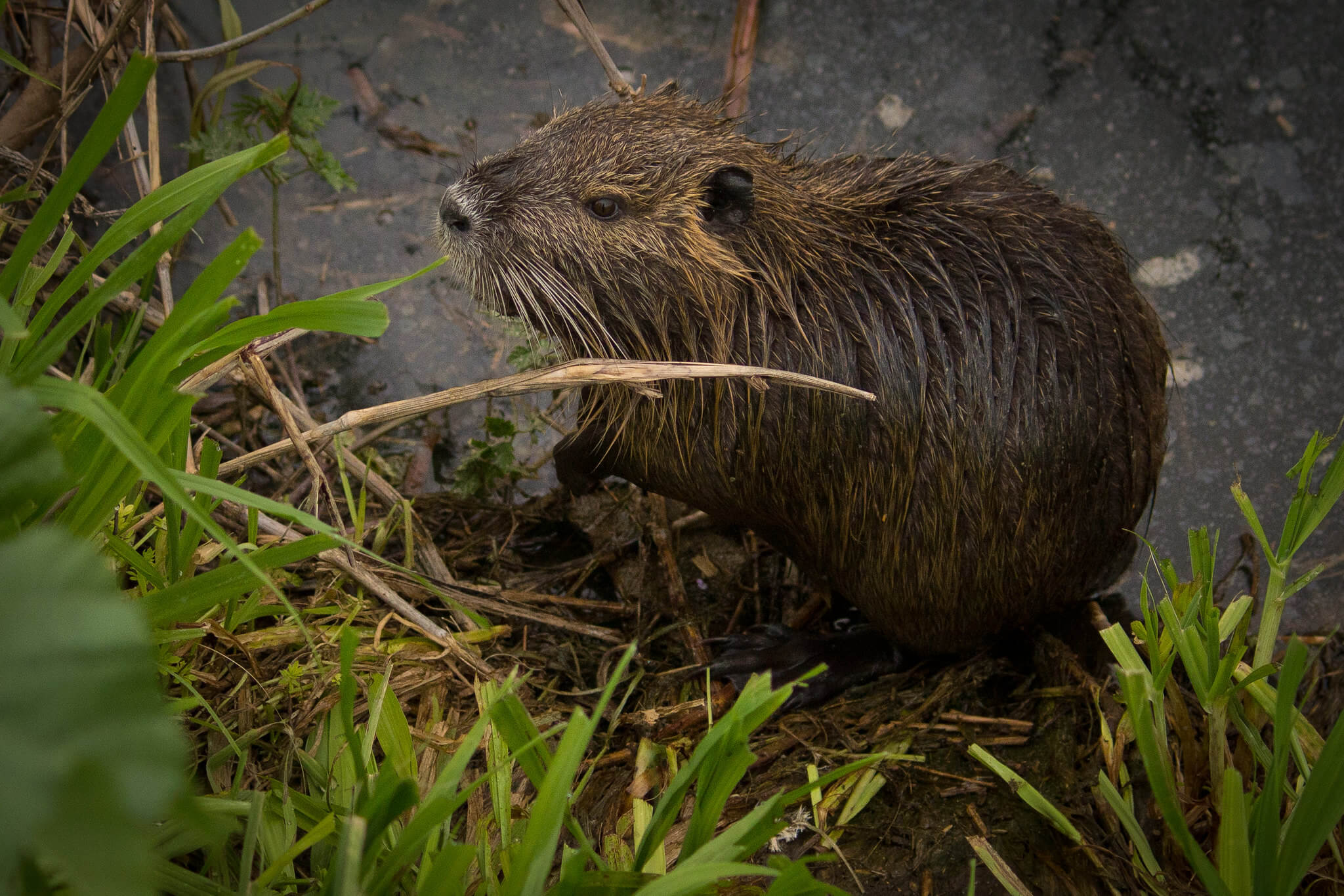
Eating Swamp Rats: Is It As Common As People Think?
Warning: mild discussion of themes such as animal cruelty and consumption of rodent meat. If you become triggered by these topics, we advise you skip this section of the article.
Seeing as there are no natural predators in Florida or in any other coastal state for that matter, that can complete the circle of life and as a result lessen the blow to the states’ agriculture and marshlands, people took it upon themselves to think of effective damage control systems. So the solution they came up with to battle the pests destroying their land was to use them for meat.
Now, we’re not saying it’s a regular occurrence but it does happen. It’s more of a “I hunted it down and now I get to eat it” mentality that greenlights the situation for some. However, to give you a better picture, if you ask an average Louisianan if they’ve ever eaten a swamp rat (because let’s face it, nutria is not how people know these animals) there’s a big chance of them just shooting you a confused look, saying “huh?!” and not even know what a swamp rat is. Which means that cooking and eating swamp rats isn’t as common a practice as most people assume. Additionally, it’s not only in Florida, Louisiana or California you find people who have a rare appetite for Nutria. The French also serve them.
What Is The Most Optimal Solution?
Wildlife services have initiated a lot of solutions, the effects of which have been sporadic to say the least. Since 2002, Louisiana has been utilizing a Coastwide Nutria Control Program that entails removing up to 40,000 nutria from the Louisiana coasts by putting a bounty of $6 dollars on each nutria. This has encouraged hunters to actively seek these rodents out and hunt them down.
Even though this program has been the most effective so far, it’s not nationwide, which means that residents of states like Florida and California are on their own in this and the the best that they can do is either modify the nutria habitat, reach out to Florida Fish & Wildlife Conservation Commission for more in-depth input, contact Wildlife Specialists about humane animal removal or trap and completely eradicate them and take “proof” (the nutria’s tail) to Louisiana officials who run the Nutria Control Program if they want to get a bounty compensation.
To Wrap Up
The whole situation with swamp rats ending up in Florida and other seaside states can be tied to a butterfly effect of sorts. The only reason they even ended up on the continent was was people’s greed for the money they received for their fur and without having any means to care for them after the massive collapse of the fur-trade, mixed with nutria’s high reproduction rate, it resulted in damaged ecosystems, livelihoods, businesses and agriculture.
As invasive as these animals may be, do not forget that they’re still animals that were forcefully taken from their natural habitat, so remind yourself to be humane and contact Wildlife Specialists for professional help.
Disclaimer
While we at Traxplorio do our very best to give you the most up-to-date information, we always recommend you do your own research before you travel to a particular area, and check conditions with official sites. Thanks for understanding, and enjoy your adventure!

